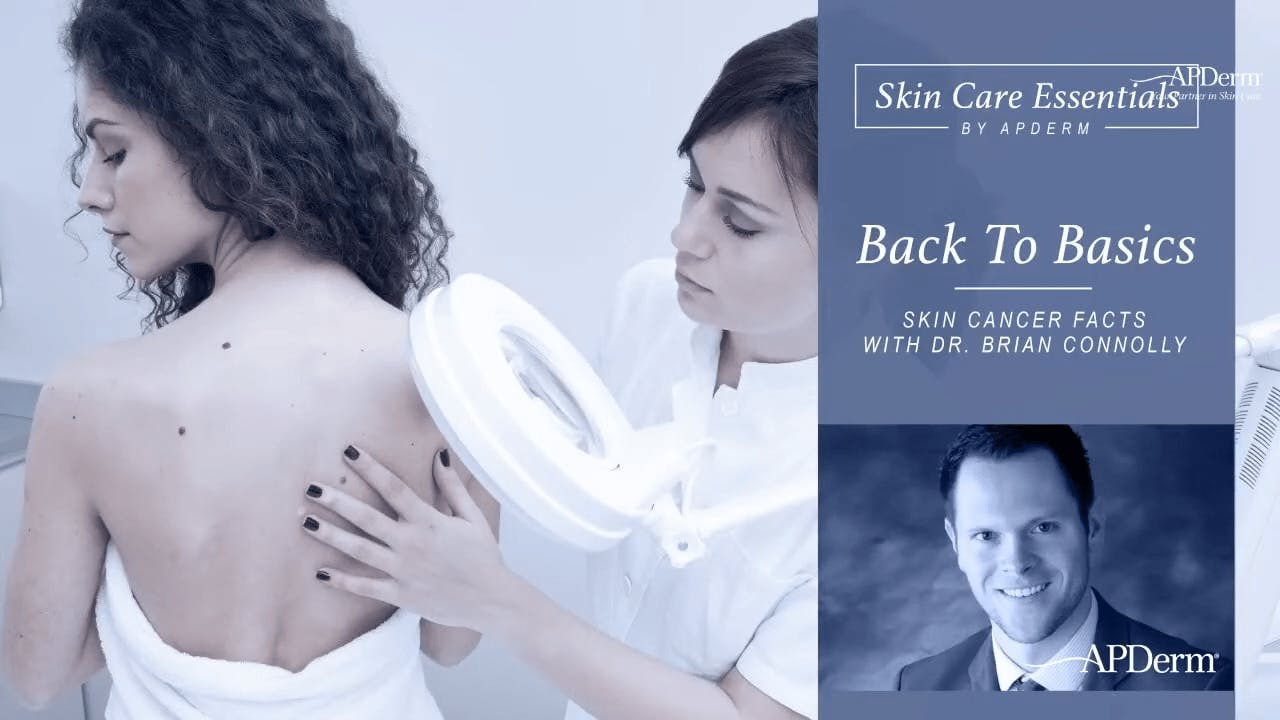Of all cancer types, skin cancer is by far the most prevalent. This cancer type affects more than two million people in the United States alone every year.
The Warning Signs of Skin Cancer
Skin cancer can occur in an already-existing mole or skin lesion, or may form anew. The warning signs of skin cancer include any skin lesions that increase in size; changes in color, texture, or outlines; a new mole that appears after age 21; a lesion that is bleeding, excessively dry, has pus, or is scabbed; and a mole/lesion that has irregular or jagged borders. Most skin cancers are caused by overexposure to the sun. If you notice any of the above, it is important that you seek medical care as soon as possible.





